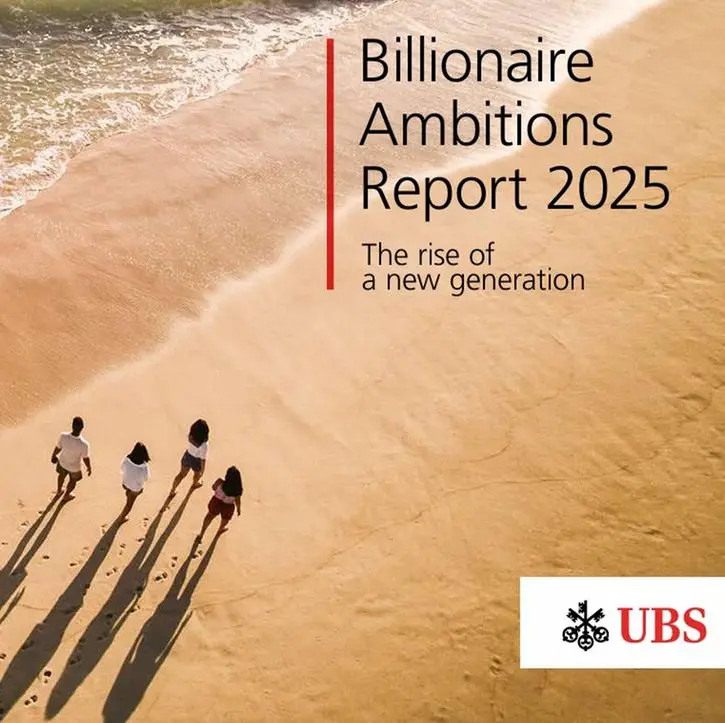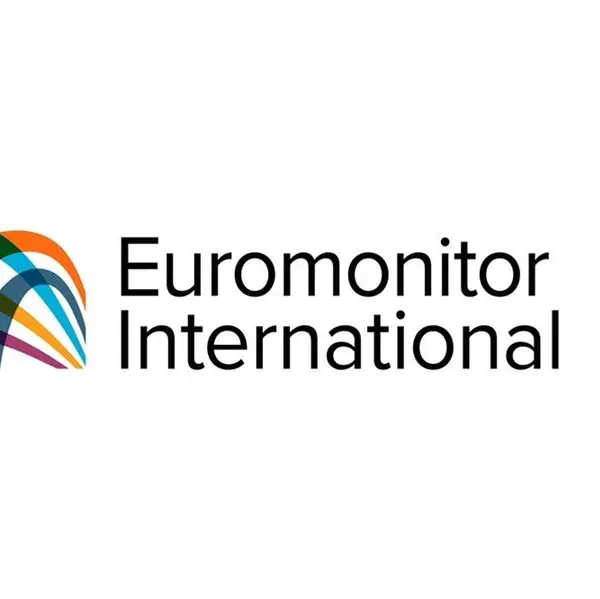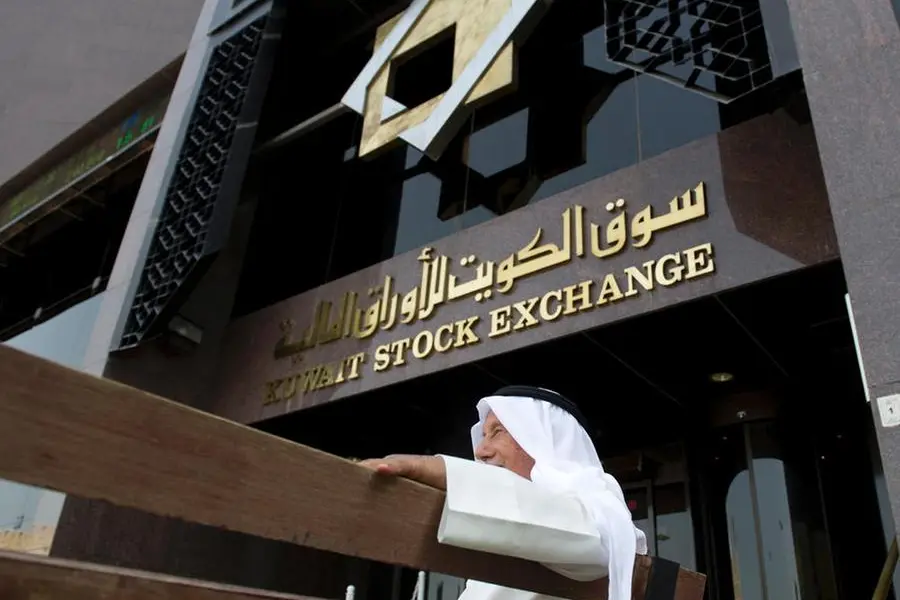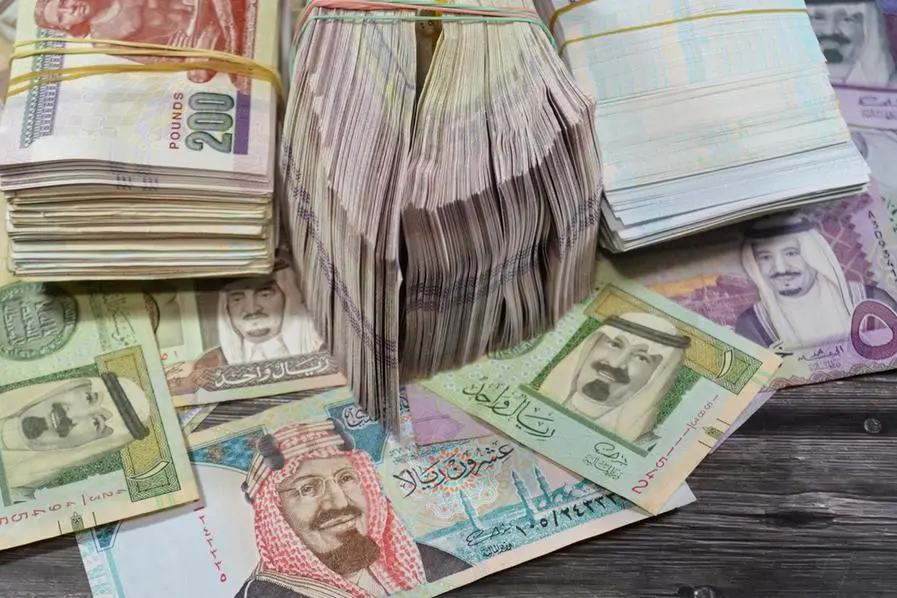PHOTO
Fitch Ratings-Dubai: The Gulf Cooperation Council (GCC) countries will likely continue being among the leading emerging-market (EM) US dollar debt issuers in 2025 and 2026, Fitch Ratings says, along with being some of the largest dollar sukuk issuers and investors globally. They will be driven by government initiatives to develop the DCM, diversification goals, funding deficits and projects, and sizeable upcoming maturities.
The GCC DCM crossed the milestone of USD1 trillion outstanding at end-January 2025 (all currencies), up about 10% year-on-year (yoy). GCC banks are likely to issue over USD30 billion of US dollar debt in 2025, and many large GCC corporates are also starting to issue sukuk and bonds to diversify funding. However, the landscape is still fragmented and evolving, with Saudi Arabia and UAE being the most mature markets. No Fitch-rated GCC sukuk or bond defaulted in 2024.
Saudi Arabia had the largest share of the GCC DCM outstanding (44.8%), followed by the UAE (29.9%) and Qatar (12.8%), and the balance between Bahrain, Oman, and Kuwait for all currencies. Falling oil prices could lead to further DCM growth as lower government revenues could lead to increased borrowing. Fitch expects lower US Federal Reserve interest rates in 2025, with GCC central banks likely to follow suit, which should create a favourable funding environment. Four out of six GCC sovereigns are investment-grade.
The GCC countries accounted for a quarter of all EM US dollar debt issued in 2024 (excluding China), with Saudi Arabia, Turkiye (non-GCC country), and the UAE being the largest EM issuers. GCC US dollar DCM issuance expanded 65.8% yoy in 2024 to USD133.4 billion. New GCC fund passporting regulations could enhance DCM investment opportunities.
Sukuk are a significant funding tool, accounting for about 40% of GCC DCM outstanding at end-January 2025, with the rest in bonds. Just over 40% of global sukuk were from GCC countries. About 80% of Fitch-rated GCC sukuk are investment-grade, with about two-thirds in the ‘A’ rating category, with the remainder mostly split between the AA, BBB, BB and B categories. Most issuers are on Stable Outlooks (92%), and the rest are mainly on Positive. GCC sukuk issuance grew by 43% yoy in 2024 to USD87.5 billion, outpacing bonds (+1.1%). Islamic banks are a large part of the GCC banking system and are key sukuk investors and issuers.
The GCC's ESG debt crossed USD50 billion outstanding at end-January 2025, with 44.1% sukuk and the majority in Saudi Arabia and the UAE. ESG-debt issuance was a sizeable part of dollar debt issuance in the UAE (17%) and Saudi Arabia (7.3%) in 2024. ESG debt could help issuers tap demand from ESG-sensitive international investors from the US, Europe and Asia.
Saudi Arabia's and the UAE’s DCMs are set for growth in 2025. In 2024, Kuwait became the GCC’s third-largest dollar debt issuer in 2024, with a total of USD13.6 billion issuances, led by banks. This is despite the absence of the public debt law, which would enable sovereign borrowing. Historically, US dollar issuances from Kuwait have been sporadic and rare, with only USD11.8 billion issued in 2018–2023. Kuwait's new government plans to revise liquidity laws to facilitate capital market borrowing, but the timeline is uncertain.
However, challenges persist. The DCM investor base is concentrated in banks and the funding culture remains bank-focused. Local-currency debt issuances by corporates and banks are still rare in most GCC countries, with the exception of Saudi Arabia, whose Riyal market is more developed than peers but still has more room for growth. Sharia complexities, including AAOIFI Standard 62, pose risks for sukuk. The DCM is sensitive to oil, geopolitical, and macroeconomic volatilities.
Matt Pearson
Senior Associate, Corporate Communications
Fitch Group, 30 North Colonnade, London, E14 5GN
E: matthew.pearson@thefitchgroup.com



















